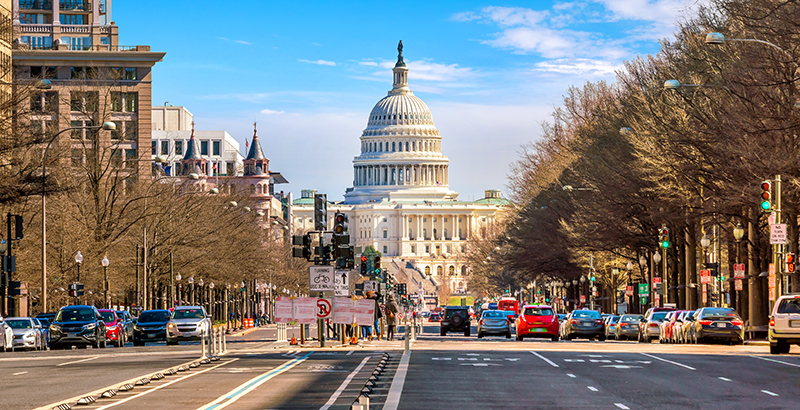The 2020 Ed Funding Fight Has Begun: 5 Things You Need to Know About House Democrats’ Appropriations Bill and Its Big Spending Boosts for Education

A House subcommittee on Tuesday approved a 2020 appropriations bill with big boosts for education programs, but Republicans are already throwing cold water on such a large uptick in spending.
The bill would give the Education Department overall $75.9 billion. That’s $4 billion more than the current fiscal year, and nearly $11 billion more than the Trump administration requested for the department. It would give similarly large bumps to the other agencies funded in the bill, the departments of Labor and Health and Human Services.
The overall increase for all agencies, about 6 percent, is unlikely to hold in final negotiations with the GOP-led Senate and President Trump, the subcommittee’s top Republican warned.
A proposal of this size could ultimately lead to a yearlong continuing resolution, which leaves agencies with the status quo, or another government shutdown, said Rep. Tom Cole. “That, in my view, must be avoided at all cost,” he said.
But Rep. Rosa DeLauro, the subcommittee’s chair, said she was optimistic that the ultimate version will look close to what is currently on the table.
“I’m not Pollyanna. I believe this is where we can, and where we should, go at the end of this process,” she said.
The subcommittee approved the bill Tuesday afternoon without amendment; the full Appropriations Committee will likely take up the bill next week. These committee actions are just the start of what will be a months-long process ahead of the new fiscal year, which begins Oct. 1.
Here’s some of the biggest proposed spending increases in education:
1 Social-emotional learning:
A federal first, the bill would provide $260 million for social-emotional learning.
That would be divided among a new grant program to research students’ SEL needs ($170 million), teacher professional development ($25 million), a competitive grant to help school districts increase the number of mental health professionals in schools ($25 million) and support for community schools ($40 million).
2 Early childhood programs:
The bill would add $4 billion in new funding to early childhood programs, split among Child Care and Development Block Grants, which help low-income families pay for day care; the Head Start pre-K program for low-income children; and Preschool Development Grants that help states create and expand state-run pre-K programs.
“With these increases, 300,000 more children will have access to quality child care and 80,000 more children will have access to Early Head Start programs,” DeLauro said.
3 The programs Trump proposed to cut:
The administration has, for three years, proposed eliminating both big-ticket K-12 programs, such as afterschool funding and Title II professional development grants, and smaller ones, like the Special Olympics. Not only does the Democrats’ bill not eliminate funding for all of these programs, it increases it.
Afterschool programs would see an additional $100 million, to $1.3 billion total. Title II grants would go up $500 million, to $2.6 billion. And the Special Olympics would get a 20 percent funding increase, to $21 million.
The administration’s proposal to eliminate the Special Olympics funding in particular got widespread public attention after Democrats raised the issue at a budget hearing in late March, and Trump eventually walked back the proposal.
4 Marquee K-12 programs:
The biggest-ticket K-12 items didn’t get left out of the funding increase. Education Secretary Betsy DeVos’s budget proposed flat-funding Title I grants for low-income students and funding for the education of students with special needs under the Individuals with Disabilities Education Act, but the Democrats’ plan includes big funding increases — an additional billion dollars each. Title I grants would jump to $16.9 billion, and IDEA state grants to $13.4 billion.
5 English language learners:
Perhaps the biggest K-12 increase, percentage-wise, is to grants for English language acquisition. The program would get a 35 percent increase, to $980 million.
DeVos has, in the past, proposed eliminating the stand-alone English language acquisition office and moving duties elsewhere as part of a broader department-wide reorganization, but that hasn’t yet come to fruition.
Get stories like these delivered straight to your inbox. Sign up for The 74 Newsletter

;)
